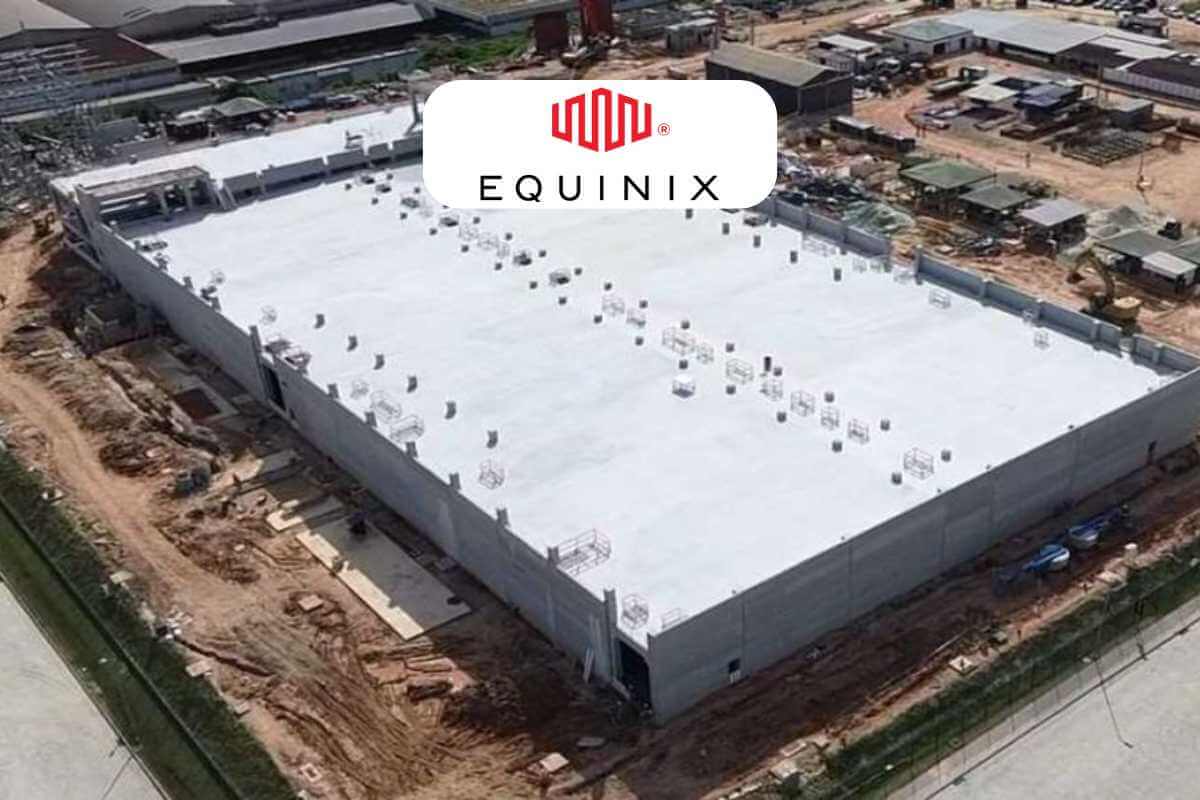
Equinix has announced a USD 94 million investment in its third data centre (RJ3) in Rio de Janeiro, Brazil. Scheduled to launch in the first half of 2025 and strategically situated in Sao Joao de Meriti, RJ3 will have a flexible design, 560 racks, and 1,467 square meters of space in its first phase of construction, the company announced, according to local media reports.
Also Read: Equinix Plans USD 130 Million Data Center in Santiago, Chile: Report
Core Digital Services Available
All of Equinix's core digital and interconnection services will be available to customers from the start of operations, including Equinix Fabric and Equinix Fabric Cloud Router. The company noted that both services provide direct interconnection with cloud providers such as Amazon Web Services (AWS), Microsoft Azure, Google Cloud, and other network services.
Location and Connectivity
"Rio de Janeiro is one of the largest consumer markets in the country and a hub for strategic sectors, such as energy and mining. So expanding our local presence was the natural path for Equinix. With our investment in RJ3 – the biggest ever made by a data centre company in the state – we will be able to support even more companies in their digital infrastructure and innovation journey in the country and around the world," Equinix Brasil said.
"With the total investment planned for RJ3 – the largest ever made by a data centre company in the state – we will be able to support even more companies in their innovation and digital transformation journeys," Equinix Brasil's Managing Director shared on LinkedIn.
Also Read: Equinix to Invest USD 42 Million in New Mumbai Data Center
Interconnected Data Centers
Equinix has two more data centres in the state: RJ1, in Botafogo, and RJ2, in the Del Castilho neighbourhood, about 17 kilometres away from the third data centre (RJ3). According to the company, all sites will be connected to each other, including via a redundant fibre connection between RJ2 and RJ3.
The state of Rio de Janeiro has the connection of submarine cables, eight of which end in the RJ3 region, including AMX-1, Brusa, and GlobeNet, providing connectivity with the United States and Central America, the company said.














